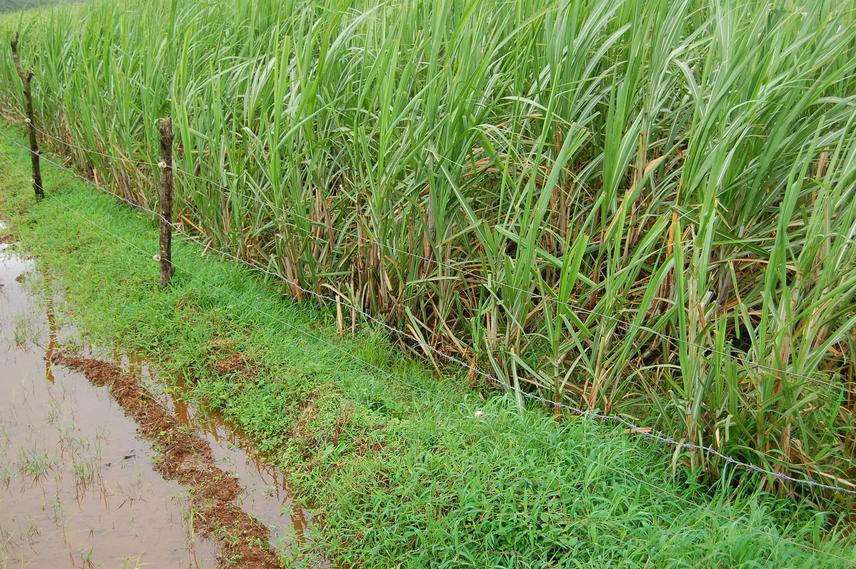Atul Joshi
This project aims to identify factors determining variation in the intensity of gaur-human conflict, assess its socio-economic impact on people, and partner with the Maharashtra Forest Department to evolve and execute a conflict alleviation strategy.

Human-wildlife conflict is among the most serious issues in the conservation of large wildlife in India. Communities affected by such conflicts, despite often being economically marginal, are forced to shoulder heavy material, monetary and human losses, thereby eroding their tolerance and compelling them to retaliate.
Among large mammals, the gaur (Bos frontalis) is an endangered mega herbivore mainly distributed in the tropical forests of Asia. It is known to be a shy animal, preferring hilly, forested habitats and avoiding areas with human and livestock presence. The Western Ghats of India, a biodiversity hotspot, harbours a sizeable population of gaur distributed across its hill ranges. However, many villages in the Sahyadri Hills of Western Ghats are lately witnessing the genesis and build-up of an unusual gaur-human conflict responsible for losses to agriculture and even human life. Such conflict situation in Sahyadri is unique and its causes, nature, intensity and impacts still remain unknown.
Our study aims to identify factors determining variation in the intensity of gaur-human conflict, assess its socio-economic impact on people. On the basis of the data collected, we will assess effectiveness of measures currently employed to mitigate the gaur–human conflict and suggest alternate conflict management measures after careful analyses. Together with the Forest Department and local villagers, we will initiate efforts to implement conflict reduction measures in the region.
The important aspects of this study are:
a) The Sahyadris are believed to contain c. 1500 gaur, which are also the principal prey for the region’s tigers. Understanding and managing gaur-human conflict here therefore would not only secure the long-term future of the gaur, but also help conserve the beleaguered big cat;
b) Over 100 villages in and around three Protected Areas of the Sahyadri today face losses in gaur-human conflict that appear serious, but remain unassessed. Data from our work will help set valuable monitoring baselines by assessing losses and gauging local perceptions, and thereby guide conflict management in the region;
c) By generating a scientific understanding of this issue as it develops, and working closely with the Forest Department to address it, we expect to be able to alleviate local hostility towards the conservation of this unique and fragile landscape.